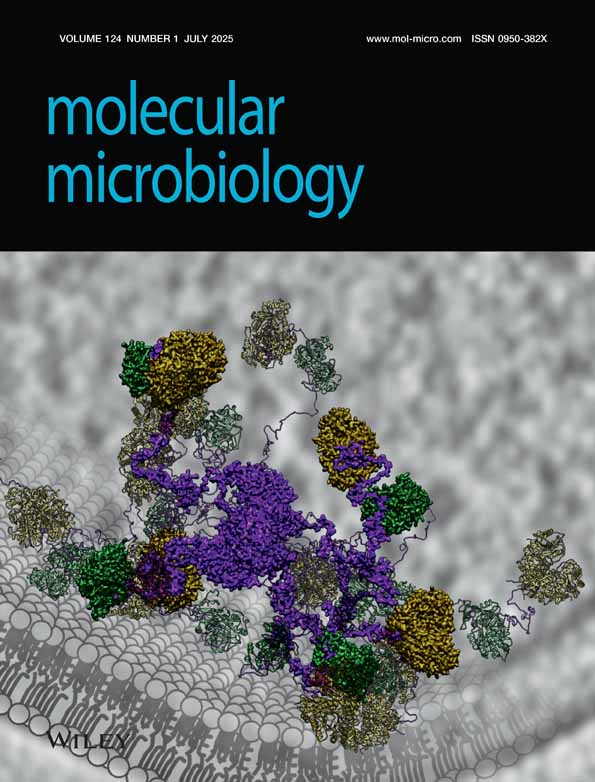Opc- and pilus-dependent interactions of meningococci with human endothelial cells: molecular mechanisms and modulation by surface polysaccharides
Abstract
The interplay between four surface-expressed virulence factors of Neisseria meningitidis (pili, Opc, capsule and lipopolysaccharide (LPS)) in host cell adhesion and invasion was examined using derivatives of a serogroup B strain, MC58, created by mutation (capsule, Opc) and selection of variants. To examine the role of Opc and of additional expression of pili, bacteria lacking the expression of Opa proteins were used. The effects of different LPS structures were examined in variants expressing either sialylated (L3 immunotype) or truncated non-sialylated (L8 immuno-type) LPS. Studies showed that (i) pili were essential for meningococcal interactions with host cells in both capsulate and acapsulate bacteria with the sialylated L3 LPS immunotype, (ii) the Opc-mediated invasion of host cells by piliated and non-piliated bacteria was observed only in acapsulate organisms with L8 LPS immunotype, and (iii) expression of pili in Opc-expressing bacteria resulted in increased invasion. Investigations on the mechanisms of cellular invasion indicated that the Opc-mediated invasion was dependent on the presence of serum in the incubation medium and was mediated by serum proteins with arginine-glycine-aspartic acid (RGD) sequence. Cellular invasion in piliated Opc+ phenotype also required bridging molecules containing the RGD recognition sequence and appeared to involve the integrin αvβ3 as a target receptor on endothelial cells. These studies extend the previous observations on variants of a serogroup A strain (C751) and show that Opc mediates cellular invasion in distinct meningococcal strains and provide confirmation of its mechanism of action. This is the first investigation that evaluates, using derivatives of a single strain, the interplay between four meningococcal surface virulence factors in host cell invasion.




